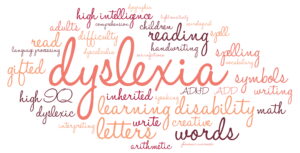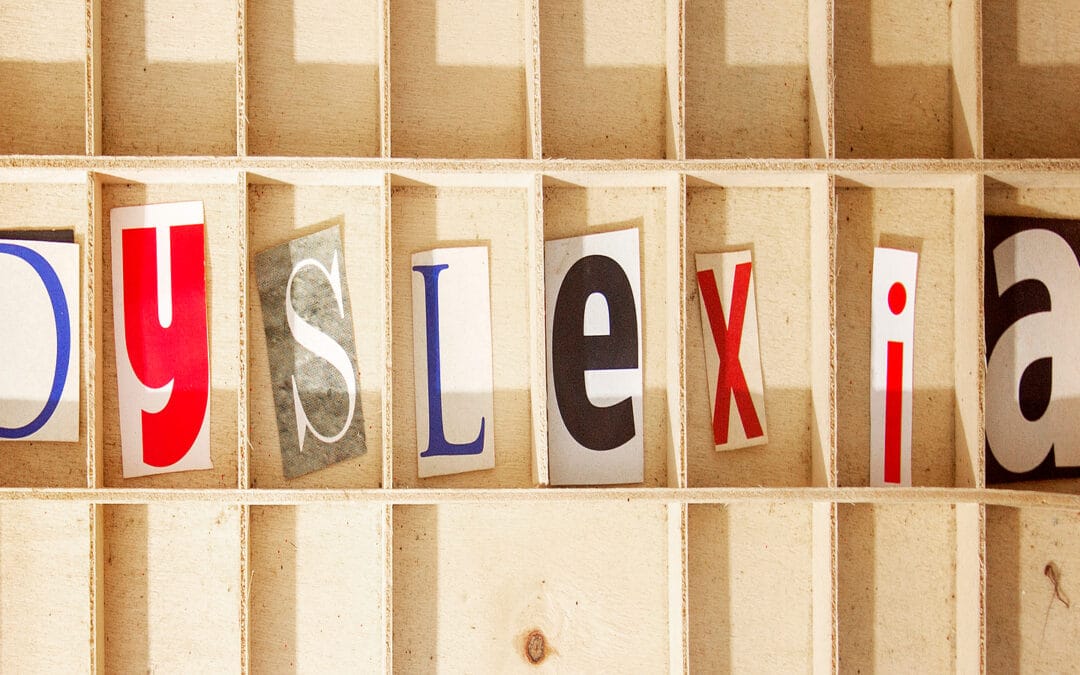Whether you homeschool your child(ren), are a teacher looking for advice on dyslexia or a parent supporting your child at home, teaching a child with dyslexia requires patience, understanding, praise and commitment. It also requires us all to THINK OUTSIDE THAT BOX!
As a parent, remember that you are your child’s biggest fan and best advocate. The following advice and tips will ensure they get the best support at home and at school and the best start at life.
Top tips for teaching a child with dyslexia
- INFORMATION IS KEY! Learn all you can about dyslexia as only then can you make informed decisions.
- BE OPEN WITH YOUR CHILD. Talk to them about what dyslexia means and help them understand it’s part of them but doesn’t define them.
- TEACH THEM THE POSITIVES associated with dyslexia and the strengths they possess.
- SHOW THEM THEY’RE NOT ALONE. This list of famous dyslexic people will hopefully inspire them and never let dyslexia hold them back.
- HELP THEM UNDERSTAND how they learn best. Do they prefer visual stimuli, auditory
 or physical?
or physical? - ADVOCATE FOR THEIR RIGHTS to the best education they can have. Fight for them.
- TEACH THEM HOW TO BECOME THEIR OWN ADVOCATE and communicate their own needs to others.
- HELP THEM IDENTIFY THEIR TALENTS. What are they interested in?
- LISTEN TO THEM. Hear them when they say they are struggling and support them if they have concerns.
- KEEP THE BIGGER PICTURE IN MIND. It is about where your child will end up. Not where they are now.
- CELEBRATE THE SUCCESSES – all of them!
- USE MULTI SENSORY LEARNING TECHNIQUES – combining visual and verbal instructions. Use as many senses as you can. Click here for more information on what multisensory learning is.
- USE AUDIO AS OFTEN AS POSSIBLE – audiobooks, recorded instructions etc. Get an audible account if you can.
- ALLOW VERBAL RESPONSES, a scribe and limit the amount of written tasks
- NEVER LIMIT THEIR GRADE LEVEL TO THEIR READING LEVEL. Teach all subjects at their actual intellectual level. At the same time – don’t teach their reading to their grade level. Take your time.
- ALLOW THEM TO SHOWCASE THEIR KNOWLEDGE in ways other than writing such as drawing, speaking, painting, acting.

- USE AND ENJOY THE AMAZING TECHNOLOGY that is available for kids with dyslexia. Click here to find the best apps for dyslexia.
- A CALM WORKING ENVIRONMENT IS ESSENTIAL as is a clear daily routine.
- STICK TO ONE OR TWO VERBAL INSTRUCTIONS at a time and only ever use short and simple instructions.
- STEP-BY-STEP and clear instructions work best.
- PROCESSING TIME is vital for dyslexic students. They need longer to respond before you repeat the information. Their processing time is much longer than you think.
- EXTRA TIME for completing assignments is important
- USE ORGANSIERS and teach your child how to organise their belongings, avoiding clutter.
- GRAPHIC ORGANISERS will help them to organise their thoughts.
- PRACTICE, PRACTICE, PRACTICE – as many times as necessary.
- ALTERNATIVES TO ROTE LEARNING will always help and memory games for spellings always help (eg. Never believe a lie, BECAUSE – Big Elephants Can Always Understand Small Elephants).
- READ TOGETHER AND READ OFTEN to encourage a love of reading. Make it part of your daily/nightly routine.
- READING OUT LOUD should never be forced upon a child with dyslexia.
- PAIRED READING HELPS pairing readers at different levels together to read a story)
- TURN LINED PAPER SIDEWAYS when working out long maths problems.
- ALLOW A CHEAT SHEET or multiplication square for multiplication and addition. This will allow students to progress with their peers without having to rely on rote memory (times tables).
- ACCOMMODATIONS OFTEN LEAD TO ACCOMPLISHMENT – give them the support they need.

- VERBALISE MATHS PROBLEMS.
- NEVER MARK DOWN FOR SPELLING MISTAKES.
- ALWAYS TAKE TIME TO ANSWER QUESTIONS. It is common for dyslexic children to need to understand ‘why’.
- MOVEMENT HELPS WITH MEMORY
- USING THEIR OWN INTERESTS will help them understand more difficult subjects.
- ALWAYS BE COMPASSIONATE. They have a learning difference and the way a dyslexic person learns is the difference between a pass and a fail.
- ALLOW THEM TO SHOWCASE THEIR STRENGTHS. For example, it’s common for dyslexic children to have excellent leadership abilities, superb problem solving skills, be good logical thinkers, be highly imaginative and are often naturally empathetic. Read this blog on the strengths of dyslexia
- SUPPORT THEM ON WHICHEVER PATH THEY CHOOSE to take. Whatever that may be. With the right support, your child can be anything they want to be and more!
These are all important to bear in mind when teaching a child with dyslexia. However, I haven’t written the list to make anyone feel guilty or like they’re failing should you not be teaching in this way.
It is really difficult teaching a struggling reader to read or teaching a child with dysgraphia to write. I want my blogs and my resources to help – not place a burden on anyone. Use it as a checklist and hopefully it will help your child or your student to find their place in the world with confidence.
Find the best tools for dyslexia here and the best tools for dysgraphia here
If you have any questions about this article, or about dyslexia in general, please contact me here or leave a comment. I reply to all messages and I love to hear from you all.



Trackbacks/Pingbacks